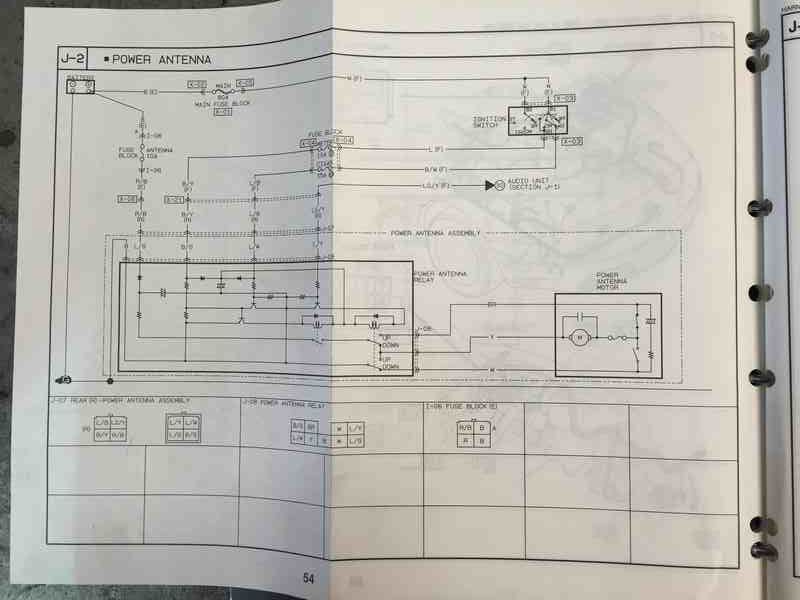Don’t read this unless you understand electrics - please, it’s confusing if you aren’t!
Faced today with a conundrum. I was trying to fit a powered antenna from a 93 Eunis into a 97 Harvard,* but it has four wires on the harness connection, Wire colours are Red/black: Yellow/black: Green/yellow and Blue/black.
Checked with ohm meter, no reading between red/black and any of the other three. About 25 ohms between yellow/black and Blue/black, and the same between green/yellow and blue/black. If I read between yellow/black and green/yellow it s about 11 ohms. (all figures are + 0.5 ohms roughly.)
I’ll be honest, when I heard the antenna had four wires, I figured a problem was on it’s way, My car antenna is a three wire connection, e.g. Up live, down live and negative (ground)
Now, no reading between red/black and the other three - fair enough, as the antenna is retracted (down) then I would assume that wire is the down connection, and the bottom limit has cut the connection. But. while I assumed the two wires reading about 25 ohms relative to the blue/black must make that wire a negative connection, but this doesn’t explain why I get a reading between the yellow/black and green yellow which is roughly half the resistance of either to blue/black then WTF?
Anyone out there familiar with a four wire antenna, and any relationship to the animal I’ve tried to fit? There’s no name on it, so can’t source a supplier, but as it appears to be an OEM fit (Mazda harness and connectors) and on a Eunos, maybe someone out there knows the answer?
My current presumption is four wires mean a reverse connection to a DC motor, e.g. one pair is Pos and Neg for rotation (up) and the second pair is the reverse of that - Neg and pos. This means it needs a reversing relay, which isn’t apparently present on the animal I tried to connect. However, a reading between the two wires as mentioned above puts that presumption in doubt.
So - in short, I’m up the swanee without a solution - unless someone has one.
- NOTE - Mx5 parts say this can’t be done, they claim up to 93 an early powered antenna can only be used within the range - 89 to 93. However, apart from the wiring, which should be surmountable if someone can explain what these four ways are meant to do, they also say mechanically it won’t fit, and it’s fitted.!
